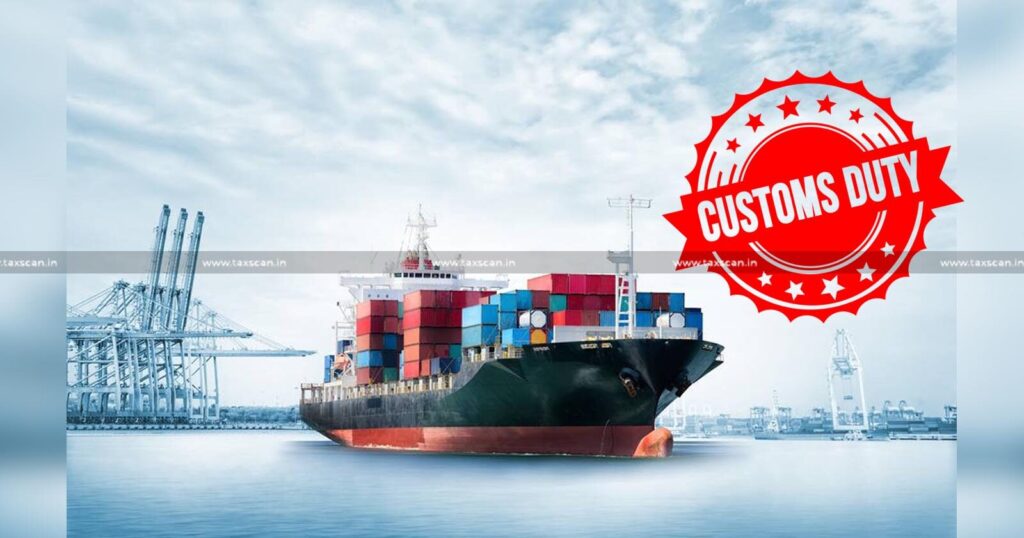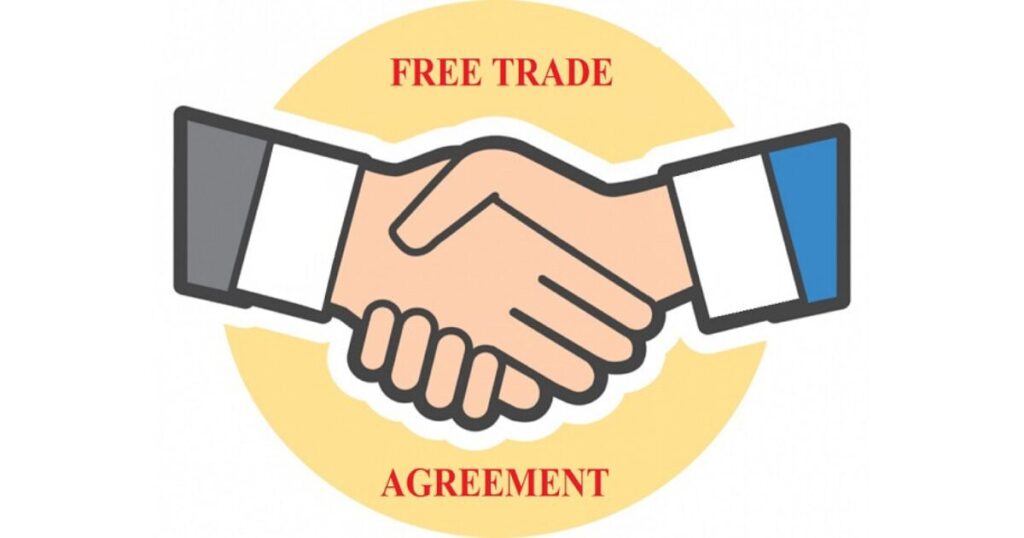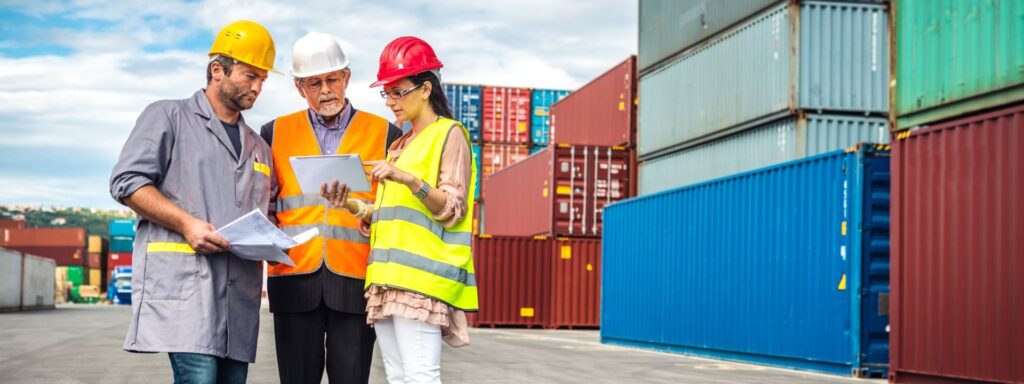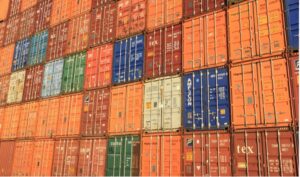Importing goods from China to the USA can be a lucrative business opportunity, but it also comes with some challenges and costs. One of the most important factors to consider is the import duty, which is a tax levied by the US government on imported goods. Import duty can vary depending on the type, value, and origin of the goods, and it can significantly affect your profit margin and cash flow. In this article, we will explain what import duty is, how it is calculated, and how you can reduce or avoid it by using some smart strategies.
Understanding Import Duty Expenses

Import duty is a type of tariff, which is a tax imposed on goods that cross a country’s border. Tariffs are used to protect domestic industries, raise revenue, and regulate trade. The US has different tariff rates for different countries and products, and they are determined by various factors, such as trade agreements, trade policies, and trade disputes. You can find the current tariff rates for any product on the Harmonized Tariff Schedule (HTS) website, which is maintained by the US International Trade Commission.
The amount of import duty you have to pay depends on three main factors: the product classification, the product value, and the product origin. The product classification is based on the HTS code, which is a 10-digit number that identifies the type and category of the product. The product value is the price paid or payable for the product, plus any additional costs such as freight, insurance, and commissions. The product origin is the country where the product was manufactured or produced, and it determines the applicable tariff rate.
To calculate the import duty, you have to multiply the product value by the tariff rate. For example, if you import a product with an HTS code of 8517.62.0090, which is a wireless telephone handset, from China, and the product value is $100, the import duty would be:
$100 x 25% = $25
The 25% tariff rate is based on the current Section 301 action, which is a trade remedy imposed by the US on certain Chinese products in response to China’s unfair trade practices. This tariff rate is subject to change depending on the outcome of the ongoing trade negotiations between the US and China.
In addition to the import duty, you may also have to pay other fees and taxes, such as:
- Merchandise processing fee (MPF): A fee charged by the US Customs and Border Protection (CBP) for processing the entry of the imported goods. The MPF is 0.3464% of the product value, with a minimum of $27.23 and a maximum of $528.33 per entry.
- Harbor maintenance fee (HMF): A fee charged by the US Army Corps of Engineers for maintaining and improving the US harbors. The HMF is 0.125% of the product value, and it only applies to goods that arrive by sea or air.
- Sales tax: A tax levied by the state or local government on the sale of goods or services. The sales tax rate varies by state and locality, and it may or may not apply to imported goods, depending on the state’s laws and regulations.
As you can see, import duty and other fees and taxes can add up to a significant amount, and they can affect your profitability and cash flow. Therefore, it is important to plan ahead and budget for these expenses, and to look for ways to minimize or avoid them.
Strategies to Mitigate Import Duty Expenses

There are several strategies that you can use to reduce or avoid import duty expenses, such as:
- Researching and selecting the right product
- Utilizing free trade agreements
- Tariff engineering techniques
- Setting up a foreign trade zone
- Working with a customs broker
- Monitoring and managing import duty expenses
We will discuss each of these strategies in more detail below.
Researching and Selecting the Right Product
One of the simplest and most effective ways to save money on import duty is to research and select the right product. By choosing a product that has a lower tariff rate, a lower product value, or a different product origin, you can significantly reduce the amount of import duty you have to pay.
For example, if you want to import wireless telephone handsets from China, you can compare the tariff rates for different HTS codes and see if there is a cheaper alternative. According to the HTS website, the tariff rate for wireless telephone handsets with an HTS code of 8517.62.0090 is 25%, but the tariff rate for wireless telephone handsets with an HTS code of 8517.12.0050 is only 2.6%. Therefore, by choosing a product that falls under the latter HTS code, you can save 22.4% on import duty.
Another example is to choose a product that has a lower product value. The product value is based on the price paid or payable for the product, plus any additional costs such as freight, insurance, and commissions. Therefore, by negotiating a lower price with your supplier, or by reducing the additional costs, you can lower the product value and the import duty.
A third example is to choose a product that has a different product origin. The product origin is the country where the product was manufactured or produced, and it determines the applicable tariff rate. Therefore, by sourcing your product from a country that has a lower or zero tariff rate with the US, you can avoid or eliminate the import duty.
For instance, if you want to import wireless telephone handsets, you can consider sourcing them from a country that has a free trade agreement (FTA) with the US, such as Canada, Mexico, Australia, or Singapore. These countries have zero or reduced tariff rates for most products, as long as they meet the rules of origin and other requirements of the FTA. By doing so, you can benefit from the preferential treatment and save money on import duty.
However, before you select a product, you should also consider other factors, such as the market demand, the product quality, the shipping time, and the supplier reliability. You should also verify the product classification, the product value, and the product origin with your supplier and the CBP, as they may differ from your expectations or assumptions. You should also be aware of any special regulations or restrictions that may apply to your product, such as quotas, antidumping duties, countervailing duties, or sanctions.
Utilizing Free Trade Agreements

As mentioned above, one of the benefits of sourcing your product from a country that has a free trade agreement (FTA) with the US is that you can enjoy lower or zero tariff rates for most products. An FTA is a treaty between two or more countries that reduces or eliminates trade barriers, such as tariffs, quotas, or subsidies, and promotes trade and economic cooperation. The US has FTAs with 20 countries, including Canada, Mexico, Australia, Singapore, Chile, Israel, and South Korea. You can find the full list of US FTAs and their details on the Office of the United States Trade Representative (USTR) website.
import duty from china to usa
To take advantage of the FTA benefits, you have to meet certain criteria, such as:
- The product must qualify as originating from the FTA partner country, according to the rules of origin of the FTA. The rules of origin specify the criteria for determining the origin of a product, such as the percentage of local content, the change in tariff classification, or the specific production process. The rules of origin vary by FTA and by product, and you can find them in the text of the FTA or in the General Notes of the HTS.
- The product must be shipped directly from the FTA partner country to the US, without passing through a third country, or if it does, it must remain under customs control and not undergo any further processing or modification in the third country.
- The product must be accompanied by a certificate of origin, which is a document that certifies that the product meets the rules of origin of the FTA. The certificate of origin may have a specific format or template, depending on the FTA, and it may be issued by the exporter, the producer, or a competent authority. The certificate of origin must contain certain information, such as the name and address of the exporter, the producer, and the importer, the description and the HTS code of the product, the origin criteria, and the signature and the date of the issuer. The certificate of origin must be presented to the CBP upon entry of the product, or upon request.
By complying with these criteria, you can claim the FTA preference and pay a lower or zero import duty for your product. However, you should also be aware of the potential risks and challenges of using FTAs, such as:
import duty from china to usa
- The complexity and variability of the rules of origin, which may require extensive documentation and verification, and may change over time due to amendments or revisions of the FTA.
- The possibility of origin fraud or misrepresentation, which may result in penalties, fines, or seizures by the CBP, or legal actions by the USTR or the FTA partner country.
Tariff Engineering Techniques
Another strategy that you can use to reduce or avoid import duty is to apply tariff engineering techniques. Tariff engineering is the practice of modifying or designing a product in a way that lowers its tariff rate, without affecting its functionality or quality. Tariff engineering can be done at various stages of the product life cycle, such as the design, the production, the packaging, or the shipment. Some examples of tariff engineering techniques are:
import duty from china to usa
- Changing the material or the composition of the product. For example, if you want to import shoes from China, you can use a material that has a lower tariff rate than leather, such as rubber or plastic. According to the HTS, the tariff rate for leather shoes with an HTS code of 6403.91.60 is 8.5%, but the tariff rate for rubber or plastic shoes with an HTS code of 6402.91.90 is only 6%.
- Changing the shape or the form of the product. For example, if you want to import furniture from China, you can ship it unassembled or in parts, rather than assembled or in sets. According to the HTS, the tariff rate for wooden furniture of a kind used in the bedroom with an HTS code of 9403.50.90 is 8%, but the tariff rate for wooden furniture parts with an HTS code of 9403.90.80 is only 3.2%.
- Changing the function or the use of the product. For example, if you want to import bicycles from China, you can add a motor or a battery to them, and classify them as electric bicycles. According to the HTS, the tariff rate for bicycles with an HTS code of 8712.00.25 is 11%, but the tariff rate for electric bicycles with an HTS code of 8711.60.00 is zero.
By using these or other tariff engineering techniques, you can lower the tariff rate of your product and save money on import duty. However, you should also be careful not to violate any laws or regulations, or to misclassify or misdeclare your product, as that could result in penalties, fines, or seizures by the CBP. You should also consult with a customs expert or a lawyer before applying any tariff engineering techniques, as they may have legal or technical implications.
import duty from china to usa
Setting up a Foreign Trade Zone

Another strategy that you can use to reduce or avoid import duty is to set up a foreign trade zone (FTZ). An FTZ is a designated area within the US that is considered outside of the US customs territory, where imported goods can be stored, processed, manufactured, or re-exported without being subject to customs duties or taxes. An FTZ can be a public or a private facility, such as a warehouse, a factory, or a port, and it can be operated by a government entity or a private corporation. You can find the full list of FTZs and their locations on the Foreign-Trade Zones Board website.
import duty from china to usa
By using an FTZ, you can enjoy several benefits, such as:
- Deferring import duty until the goods are entered into the US commerce, which can improve your cash flow and reduce your interest costs.
- Avoiding import duty altogether if the goods are re-exported to another country, which can increase your competitiveness and market access.
- Reducing import duty if the goods are subject to a lower tariff rate after being processed or manufactured in the FTZ, which can enhance your profitability and efficiency.
- Exempting the goods from state and local taxes, inventory taxes, and quota restrictions, which can lower your operating costs and regulatory burdens.
To use an FTZ, you have to apply for an FTZ status, which is a permission granted by the CBP to admit, store, handle, or manipulate goods in an FTZ. You also have to comply with the FTZ regulations, which are the rules and procedures governing the operation and administration of an FTZ. You also have to maintain accurate records and reports of the goods in the FTZ, and submit them to the CBP and the FTZ Board on a regular basis.
import duty from china to usa
By following these steps, you can take advantage of the FTZ benefits and save money on import duty. However, you should also consider the potential costs and challenges of using an FTZ, such as:
- The application and maintenance fees for obtaining and keeping the FTZ status, which may vary depending on the type and the size of the FTZ.
- The additional security and compliance requirements for operating an FTZ, which may involve installing cameras, fences, alarms, or other equipment, and hiring staff, auditors, or consultants.
- The possible delays or complications in the customs clearance process, which may occur due to the increased scrutiny or inspection of the goods in the FTZ.
Working with a Customs Broker

Another strategy that you can use to reduce or avoid import duty is to work with a customs broker. A customs broker is a licensed professional who can act as your agent and represent you in dealing with the CBP and other government agencies. A customs broker can help you with various tasks, such as:
- Classifying your product and determining the applicable tariff rate and other fees and taxes.
- Preparing and filing the necessary documents and forms, such as the entry summary, the invoice, the packing list, and the certificate of origin.
- Paying the import duty and other fees and taxes on your behalf, and obtaining the release of your goods from the CBP.
- Advising you on the best practices and strategies to optimize your import process and minimize your import duty expenses.
- Handling any issues or disputes that may arise during the import process, such as audits, inspections, protests, or penalties.
By working with a customs broker, you can save time and money on import duty, and avoid the hassle and risk of dealing with the complex and changing customs regulations. However, you should also be careful to choose a reputable and reliable customs broker, who has the experience and expertise in your product and industry, and who can communicate with you effectively and transparently. You should also be aware of the fees and charges that the customs broker may charge you for their services, and compare them with the potential savings and benefits that they can offer you.
import duty from china to usa





